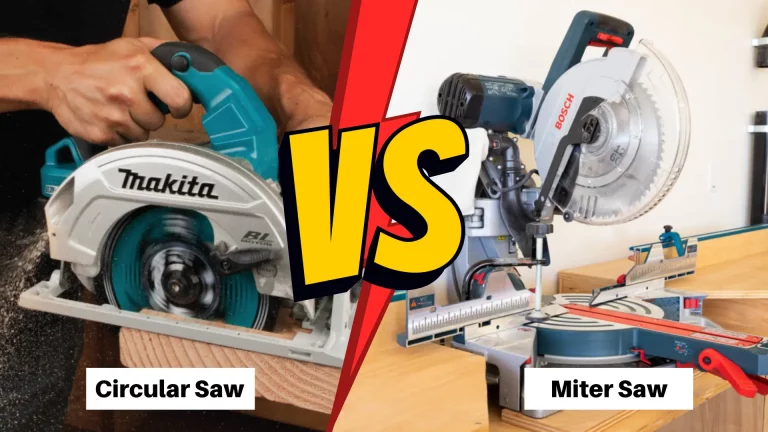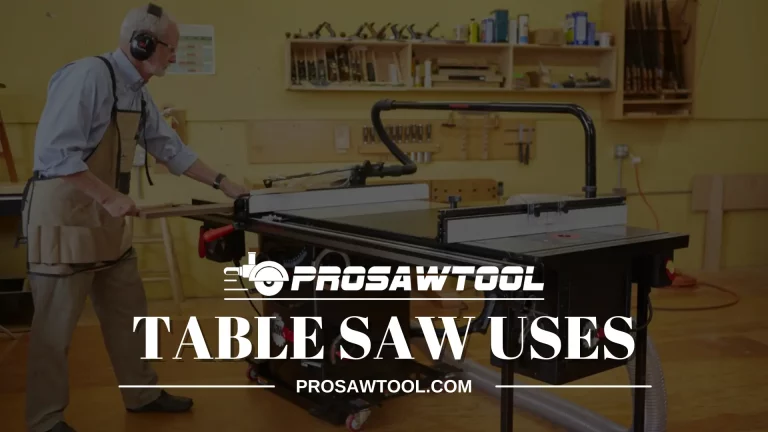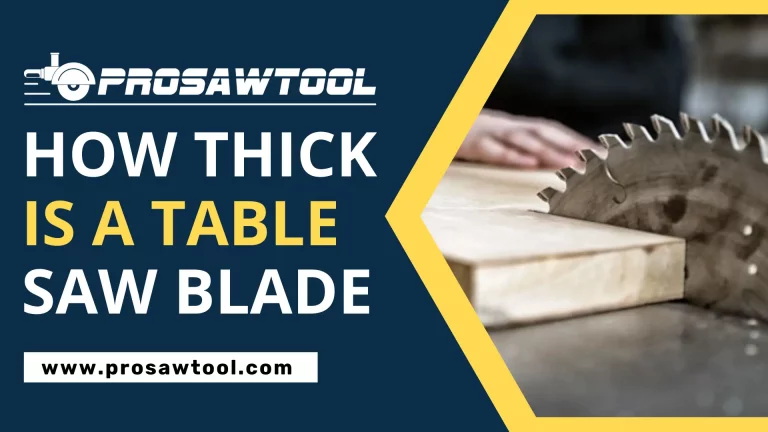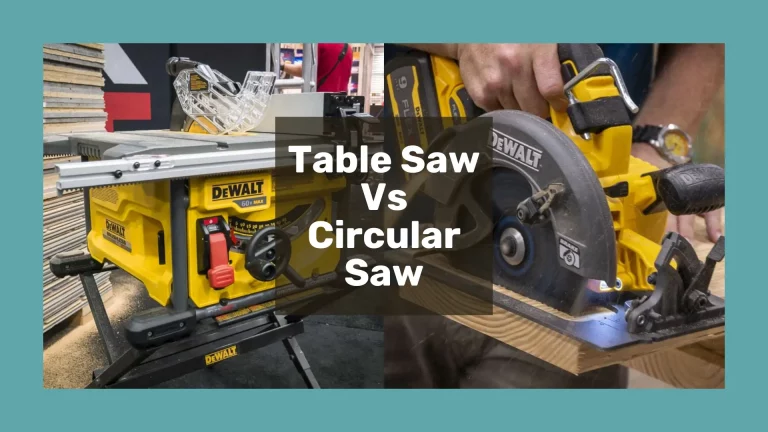Type Of Jigsaw Blades & Their Uses 2024
Here is a guide on various types of jigsaw blades based on shank type, teeth per inch, construction material, cutting efficiency and price.
The quality of a jigsaw blade is directly associated with its performance. Hence, choosing the right blade for yourself can significantly enhance your working efficiency and contribute to better time management. Moreover, it also impacts the cutting speed of specific materials and final outcome. By the term right blade we mean those tool that fulfills your requirements and needs less maintenance.

However, it is most difficult for consumers to select from a wide variety of options available in this regard. Thus, here we are with a new guide on various types of jigsaw blades based on shank type, teeth per inch, construction material, and price. So keep reading the article below to identify which type of blade is suitable for you.
Types of Jigsaw Blades
1. High Carbon Steel Blades
These blades are highly popular among a wide variety of consumers. This immense popularity is attributed to the remarkable flexibility of the unit which makes it easier to use. Moreover, we highly recommend using these objects for general purposes such as cutting wood for furniture or other activities.

Another significant attribute of the system is its budget-friendliness. Hence, they can also be used by those that can not afford high-priced tools available in the market. However, these blades also have limitations and are not suitable for metals. They might also get dull over time and might require replacement after a few years of use.
2. Bi-Metal Blades
Next on the list are Bi-Metal blades. These items are specifically designed to overcome the limitations of traditional carbon steel tools and can effortlessly slice metal and hardwood. Furthermore, the apparatus is constructed using the combination of two different types of steel to achieve extraordinary durability and strength.

The use of carbon steel and high-speed steel death contribute to both flexibility and sharpness. Additionally, the blade is also wear-resistant and is not prone to dullness over time. Hence, they are highly recommended for daily use especially if you are a carpenter and need to cut hardwood and other materials.
3. Tungsten Blades
Last but not least, tungsten carbide jigsaw blades are the best among their competitors. Integrated with some of the best and top-notch attributes, the item does not disappoint you when it comes to slicing a variety of materials. They can effortlessly cut through fiberglass, ceramic, and other such hard substances that are difficult to process using a regular blade.

Integrated with incredible heat resistance, the equipment can be used to cut open the steel without exerting much effort and possess great strength. Thus, it is not prone to damage due to external factors and can be used for years without worrying about deteriorating blade quality or loss of luster. Contrary to others of its kind, the tungsten blade involves the use of carbide-coated edges that are extremely sharp and add five stars to its performance.
4. U-Shank Blades

U shank blades also referred to as Universal Shank Blades were the most common type of jigsaw blades available in the market before they were replaced by the T-shank blades. They are also one of the oldest types and feature a U-shaped cut on top of the shank surface. These tools are now rare in the market.
The reason for this is the production of objects that can function perfectly well without them. Modern jigsaws do not have any compartment to fit the U-shaped shank blade and thus have led to a marked decrease in the production of these components. We highly advise carefully examining all these factors before buying a U-shank blade for yourself.
5. T-Shank Blades
T shank blades have gained wide recognition in recent years and are highly compatible with modern jigsaws that can not accommodate previously mentioned U-shaped blades. Offering user-friendliness and effortless working conditions, these materials are second to none when it comes to performance and working efficiency.

You can attach and detach the system depending on your convenience and can also adjust the shank without exerting much effort.
6. Blades with More Teeth
These blades feature more teeth per inch and are characterized by clean and perfect slicing. They offer high-quality output and are mostly recommended for heavy-duty activities. However, they are time-taking and it might take longer than you expect to process a piece of wood.
7. Blades with Fewer Teeth
The second type includes blades with fewer teeth. They are the polar opposite of their previously mentioned competitors and are extremely time-efficient. You can get the task done in no time. But the result they produce might not be as smooth as those with more teeth.

Our Recommendation
We highly recommend jigsaw blades with a TPI (teeth per inch) rating of 6 to 10. They have been widely popular among consumers because of their ability to slice a diverse range of substances including wood. For steel and other materials, it is advised to look for components with TPI between 14 to 36. However, you should choose a slow-cutting blade in this regard to make clean and smooth slices.
Specialty Blades
Jigsaw blades can also be converted into specialty blades depending on the requirements. Specialty blades allow you to cut different materials at different speeds without impacting the performance.There are different types of specialty blades including flush cut blades, knife-edge blades, and diamond grit blades. They are designed for cutting softer materials such as leather, and tough materials such as glass and slate respectively. Other classes of these blades are mentioned below.

- Scrolling Blades – They are extremely narrow and can cut a wide variety of materials within a few minutes. Due to their slim and sharp nature, they can pass through tough substances without bending and thus, possess a longer life than their other competitors.
- Reverse Tooth Blades – They are associated with downward-pointing teeth and can cut through materials in the downward position without any difficulty. We highly recommend using these substances for objects that are vulnerable to splintering.
- Plunge Cut Blades – They are characterized by a sharp tip which can effortlessly cut through the toughest materials without any problem. You can cut plasterboard and hardwood using plunge cut blades in the minimum time with utmost precision.
Frequently Asked Questions
Why does my jigsaw blade keep falling out?
There might be a variety of reasons for a falling jigsaw blade, the most common among which include adjustment issues. If you are using a blade that is smaller or incompatible with the equipment, it might fall off repeatedly. Similarly, the incorrect blade insertion might cause the screw to loosen over time and might result in falling.
What cuts faster a blade with a lot of small teeth or a blade with a few large teeth?
Blades with fewer teeth are renowned for their time efficiency and fast cutting abilities. They often make rough cuts and can slice a huge variety of items within the minimum time. These are mostly recommended for daily activities that do not require high precision. For enhanced accuracy, it is advised to choose a blade with more teeth. They might be time-taking but are highly efficient.
Are all jigsaw blades universal?
No, all jigsaw blades are not universal; however, they are interchangeable. Modern tools designed by most manufacturers are compatible with T-shaped blades. U-shaped blades were previously highly popular among consumers but they have now been replaced by their t-shaped counterparts. You might also find some versatile equipment in the market as well that can accommodate both types of blades.
Conclusion
Apart from this, specialty blades are also widely popular and offer multiple cutting advantages as compared to standard blades. They are further divided into scrolling, reverse tooth and plunge cut blades. Hence, next time you are out to buy a blade for yourself, do consider these factors carefully for best results.






